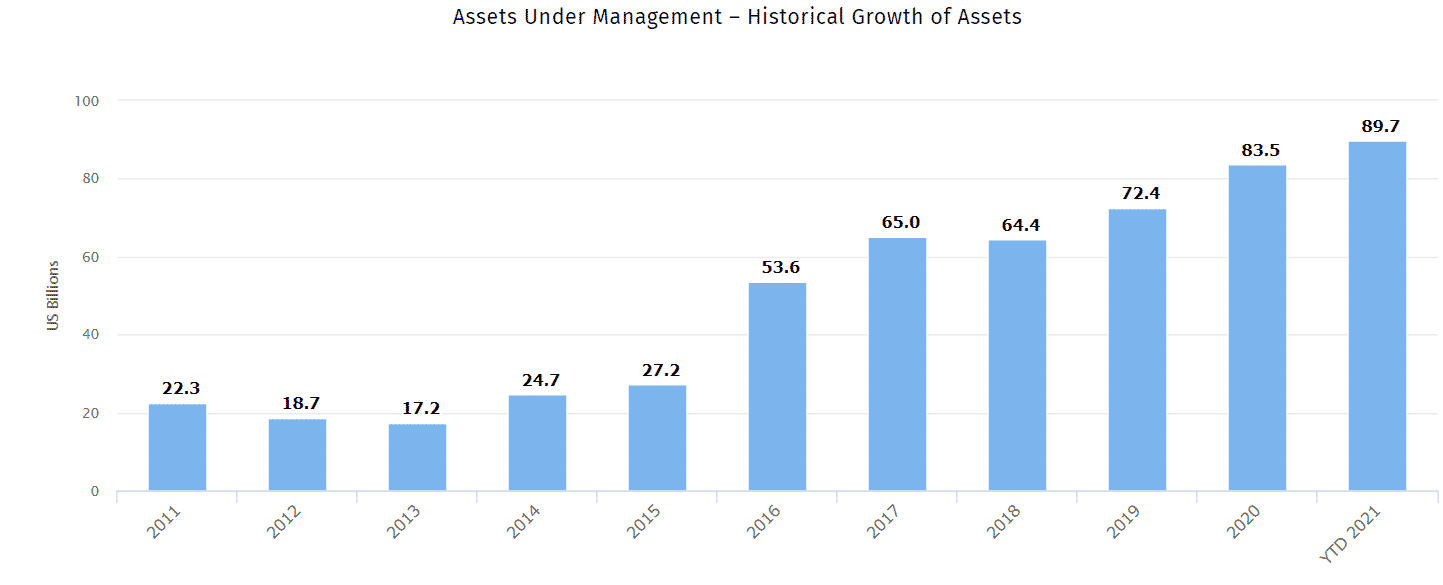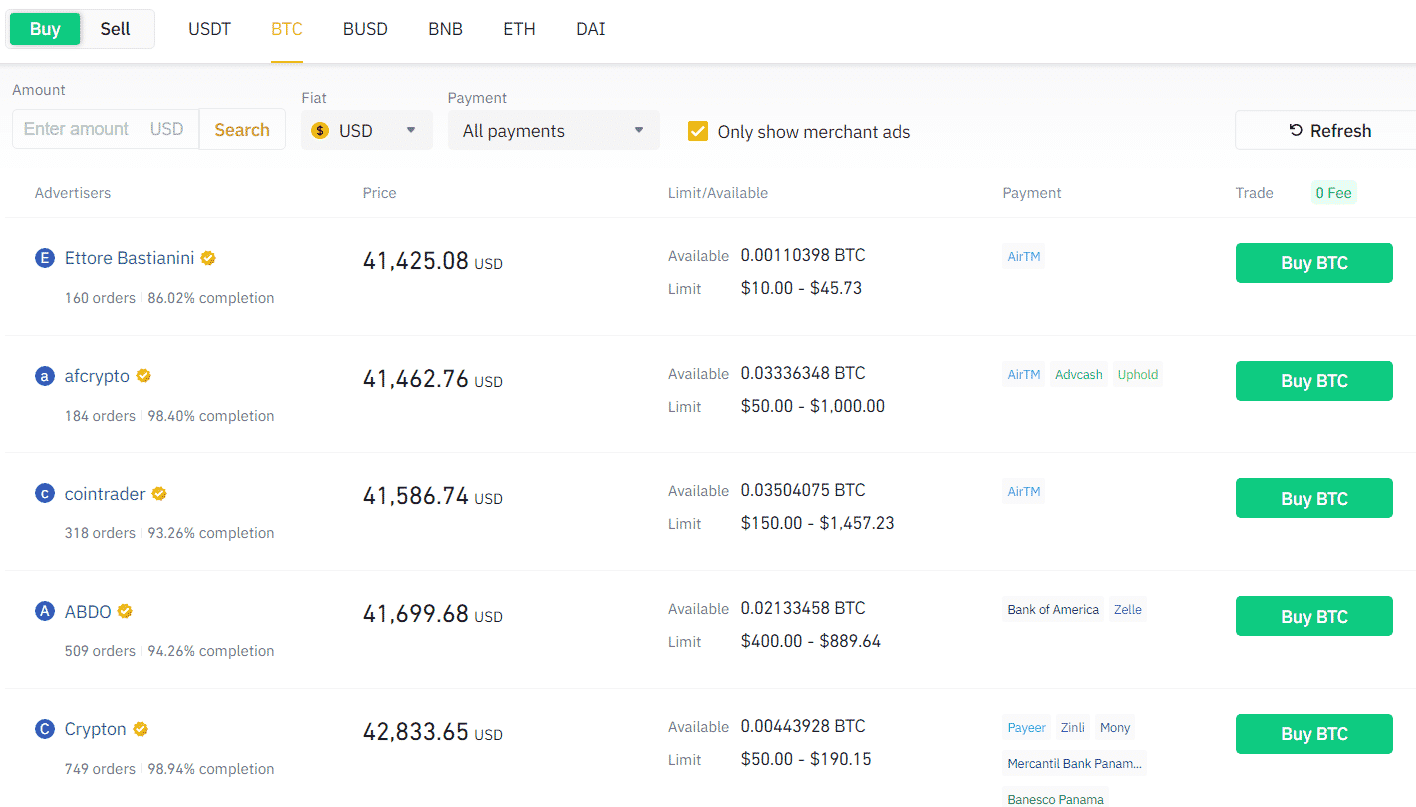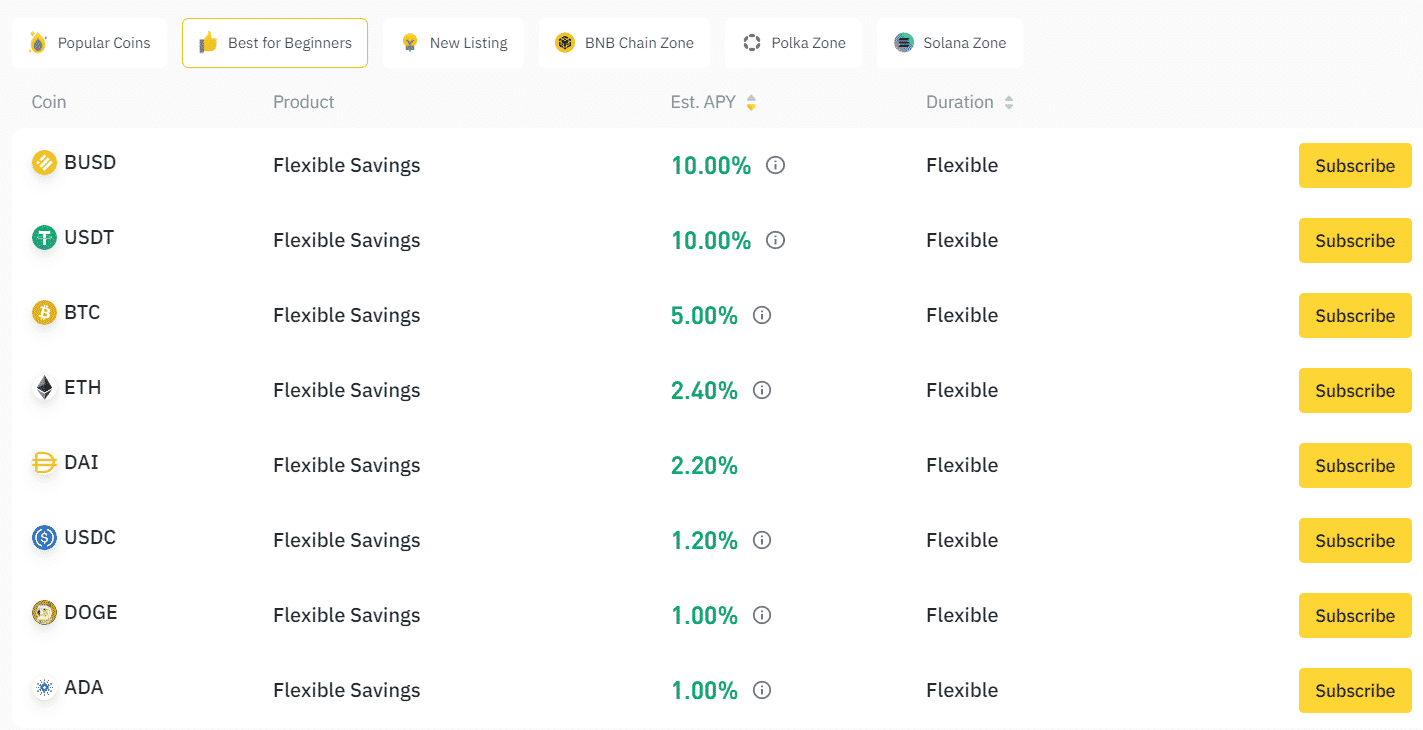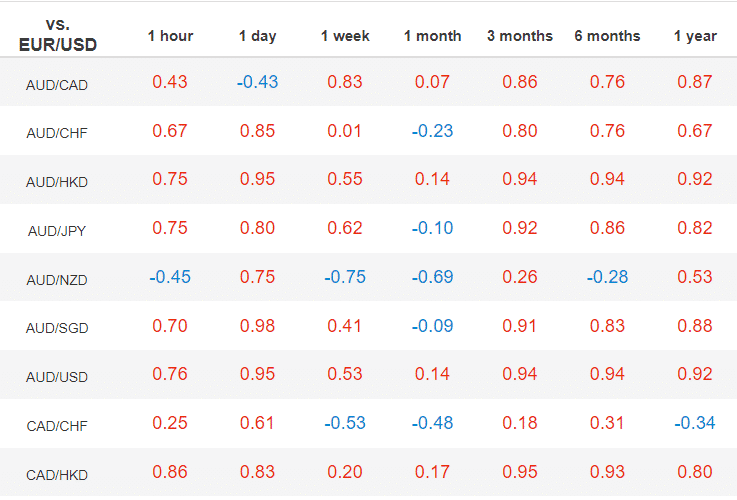Arbitrage is a popular strategy among traders and investors. It is an approach that seeks to take advantage of the pricing of assets between a similar or different platform. Arbitrage is used in virtually all asset classes, including stocks, exchange-traded funds (ETFs), commodities, forex, and cryptocurrencies.

The assets under management (AUM) of hedge funds using merger arbitrage have soared from $22.2 billion in 2011 to over $89.7 billion. In this article, we will look at the concept of arbitrage trading in cryptocurrencies and forex.
What is arbitrage in trading?
Arbitrage is an approach that seeks to benefit from market movement and pricing of different assets. The simplest example of this is that of a certain commodity named X. In this case, let us assume that one product is selling at $10 and the other one in another location is selling at $15. In this case, you are sure that you will find a buyer for $15.
Assuming that the two sellers have unlimited quantities, you can go ahead and buy from seller A and then sell to the buyer at $15. In this case, you have done a form of pricing arbitrage.
Another example of arbitrage is what happens in dropshipping. A seller lists products from another seller and markets them at a higher price. When a buyer buys from them, they simply buy from the seller and ship them to the buyer.
Merger arbitrage happens when a trader buys the stock of the company that is being acquired and shorts the acquirer. In most cases, shares of a company that is being acquired will rise while that of the acquirer will often decline.
Another form of arbitrage is where you buy an asset and then short another one. The hope is that the initial asset’s price will rise while the other one will decline. One approach is to do correlation calculations. For example, if the GBP/USD and EUR/USD pairs are perfectly correlated, you can buy one and sell the other.
Cryptocurrency correlation
There are several approaches to cryptocurrency correlation. A popular one takes advantage of how cryptocurrencies are priced on different platforms. For example, one exchange’s price may be different from the one that the other exchange charges.

As shown above, Bitfinex has priced Bitcoin at $40,497 while BitFlyer has priced it at $40,388. This is a difference of $109. Therefore, all factors are constant; if you can buy BTC in BitFlyer and then sell it to BitFinex, your profit for such a trade could be $107.
Crypto P2P arbitrage
One of the most popular arbitrage strategies in cryptocurrency trading is one that involves peer-to-peer or P2P marketplaces.
A P2P marketplace is a platform where people buy and sell cryptocurrencies from one another in a controlled environment. In it, people select the cryptocurrency they want to buy and are then shown, different sellers. They then select the seller and execute the trade.
P2P marketplaces work well because of the concept of Escrow. The company holds the funds in Escrow until the transaction is completed.
As shown below, P2P sellers offer different prices for the same coins. In this chart, one person sells his Bitcoin for $42,833 while another sells it for $41,425. In this case, there is a spread of $1,408.

The next chart shows that other people are willing to buy the coin at a higher price. In this chart, some are even willing to buy at $45,466.

Therefore, if you bought Bitcoin at $42,833 and then sold it at $45,466, you will have made a profit of $2,633.
Cryptocurrency yield arbitrage
Another approach for using cryptocurrency arbitrage is that of yields that various companies offer. The idea behind this is simple. Companies like Nexo and Binance offer different yields for various cryptocurrencies. As shown below, Nexo provides several yields on different coins. For example, USDT, USDC, USDP, and TUSD have an APR of 12%.

At the same time, Binance also provides different returns for the same coins. USDT has an estimated APY of 10%, while USDC has a yield of 1%. Therefore, you can take advantage of these yield differentials between the coins.

There are other types of arbitrage in the cryptocurrency industry, like statistical and Decentralized Finance (DeFi) arbitrage.
Forex arbitrage
Forex arbitrage is another popular trading strategy that traders use to minimize risks in the market. One of the popular arbitrage methods is known as carry trade. It is a trading strategy that involves buying a low-interest currency like the Swiss franc and using these funds to invest in high-interest currencies like the Turkish lira or the British pound. It is often a relatively risk-free approach to trade.
The other forex arbitrage method involves finding the correlation of forex pairs. The traditional correlation approach involves downloading data and then running a correlation calculation using Excel. These days, however, there are free tools that provide correlations.
A figure of 1 means that the two pairs have a close correlation while that of -1 has a negative correlation. A coefficient of zero means that the two don’t correlate. The chart below shows the correlations of the EURUSD and other pairs.

Therefore, in this case, since the EURUSD and AUDUSD have a close correlation on the daily chart, you could buy the EURUSD and place a sell trade on AUDUSD. In this case, your profit will be the spread between the profit and loss of the two pairs.
Summary
Arbitrage is often seen as a risk-free trading approach in the market. However, it has numerous risks that you should be aware of. For example, there is a risk that the correlation between the two pairs will change. There is also a risk of rising costs in executions.
